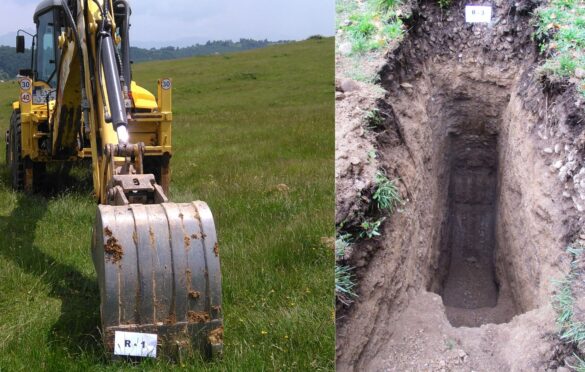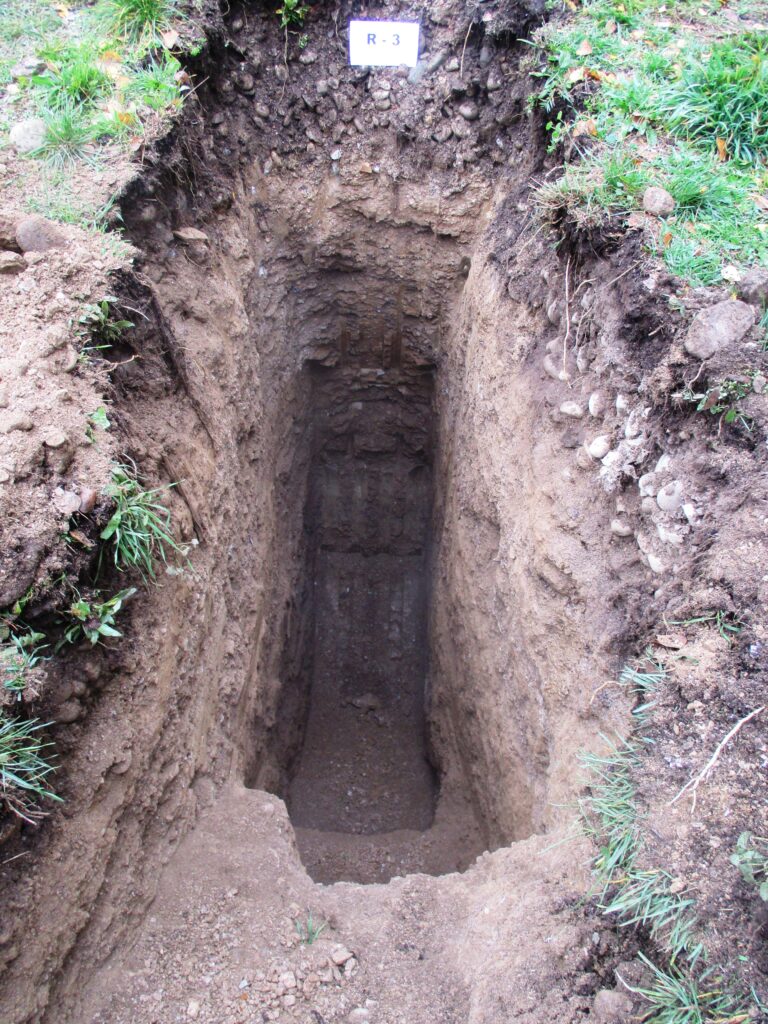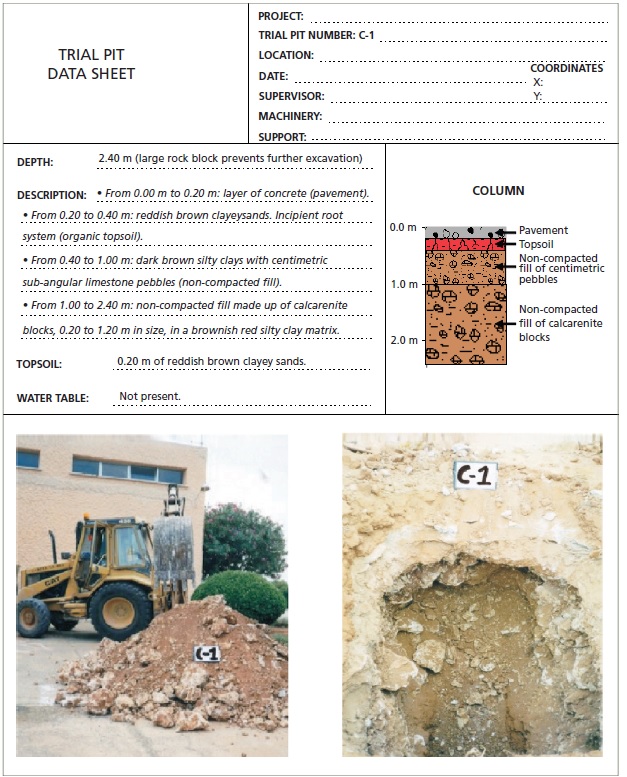Understanding Trial Pits in Geology

Introduction:
Trial pits are a type of subsurface investigation that involves the excavation of a small trench or pit to gather information about the soil and geological conditions of a site. This method is commonly used in geotechnical engineering and environmental assessments to assess the suitability of the site for construction or to determine the presence of hazardous materials. In this article, we will explore what trial pits are, where they are used, and the essential aspects of this type of investigation.
What is a Trial Pit?
A trial pit is a type of excavation that is dug by hand or with a small mechanical excavator. The excavation is usually between 1-5 meters in depth and can range in size from a few square meters to several hundred square meters. The walls of the pit are usually supported with shoring to prevent cave-ins or collapses during the excavation. The soil and rock samples collected from the pit are analyzed to determine the site’s geological profile, including soil type, depth, and consistency.
Where are Trial Pits Used?
Trial pits are used in a variety of applications, including geotechnical engineering, environmental assessments, and archaeological investigations. In geotechnical engineering, trial pits are used to assess the strength and stability of the soil and rock formations at a site, which is critical in designing and constructing structures such as buildings, bridges, and roads. In environmental assessments, trial pits are used to determine the presence of hazardous materials such as contaminated soil or groundwater.

How are Trial Pits Conducted?
Before conducting a trial pit, a geotechnical engineer or environmental consultant will conduct a site investigation to identify potential hazards or challenges and develop a plan for the excavation. Once the site investigation is complete, the trial pit is excavated using hand tools or a small excavator. The walls of the pit are supported with shoring or other stabilization methods to prevent cave-ins or collapses during the excavation. Samples of soil and rock are collected from the pit walls and analyzed in a laboratory to determine the site’s geological profile.

Conclusion:
In conclusion, trial pits are an essential tool in geotechnical engineering, environmental assessments, and archaeological investigations. This method provides valuable information about the soil and geological conditions at a site, which is critical in determining the site’s suitability for construction or identifying potential hazards. By understanding what trial pits are, where they are used, and how they are conducted, professionals can make informed decisions about site development and protect public health and safety.
